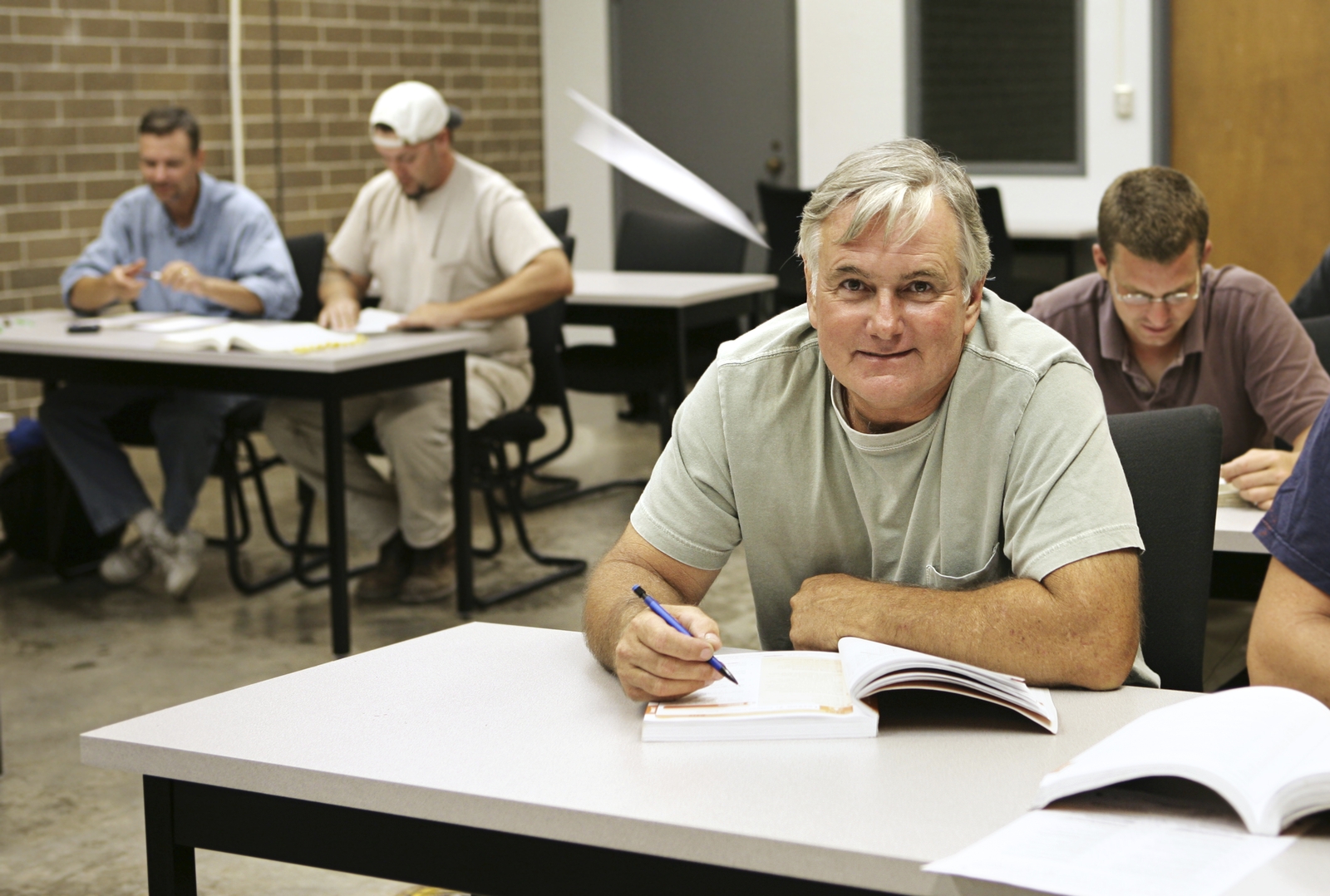These courses will be taught entirely in Spanish.
Through July 26 |
July 27-August 7 |
| $300 | $350 |
S1: Fires and Explosions in Process Plants
This course covers the fundamental concepts underlying the causes of fires and explosions. We analyze different types of fires and explosions. Causes and mechanisms are shown with calculations to predict the consequences and the impact on people and facilities.
You will learn:
- Basic principles of how flammable and explosive products behave
- Analysis of major accidents that resulted in fires or explosions
- Different types of fires and explosions including:
- Flash Fire
- Jet Fire
- Pool Fire
- VCE
- Bleve
- Gain a thorough understanding of the principles and methodologies for calculating the consequences of each type of incident
- Understanding effects models and the impact of incidents on people and facilities.
- Practical examples of prevention and mitigation measures in the event of fire and explosion incidents.
Who should attend:
Chemical Engineers, Mechanical Engineers, Process Engineers, Improvement Leaders, Design Engineers, Health and Safety Leaders, Process Safety Engineers, Operating and Maintenance Leaders.
Instructor: Nestor Sposito
Course Outline:
Introduction.
Basics.
Flash point/boiling.
- Flammable Limits.
- Flammable Range / Explosive
- Change the pressure limits and the temperature.
- Classification of substances according to NFPA
Learning Experiences.
- VCE in BP Explosion
- Refinery Explosion Amuey VCE.
- Mexico City BLEVE
- Other
Fires and Explosions
- Vapor Cloud Explosion (VCE)
- BLEVE and Fireball
- Confined Explosions
- Fireworks Flash Type
- Fires pool
- Fires Torch Type
Practical Work in Teams on Problems.
- Notions Effect Models
Dose-Response. Probit functions.
Thermal Effects.
Effect of Overpressure.
Prevention and Mitigation of Fires and Explosions.
Importance of Design and Engineering (one of the following).
- or inherently Safer Design
- or Project Stages
- or use recognized standards and norms
- or Practical examples of application
Operating and Maintenance Discipline. (or one of the following).
- or Impact on process safety.
- or practical examples.
- Teamwork analysis of real situations. Problems and solutions.

